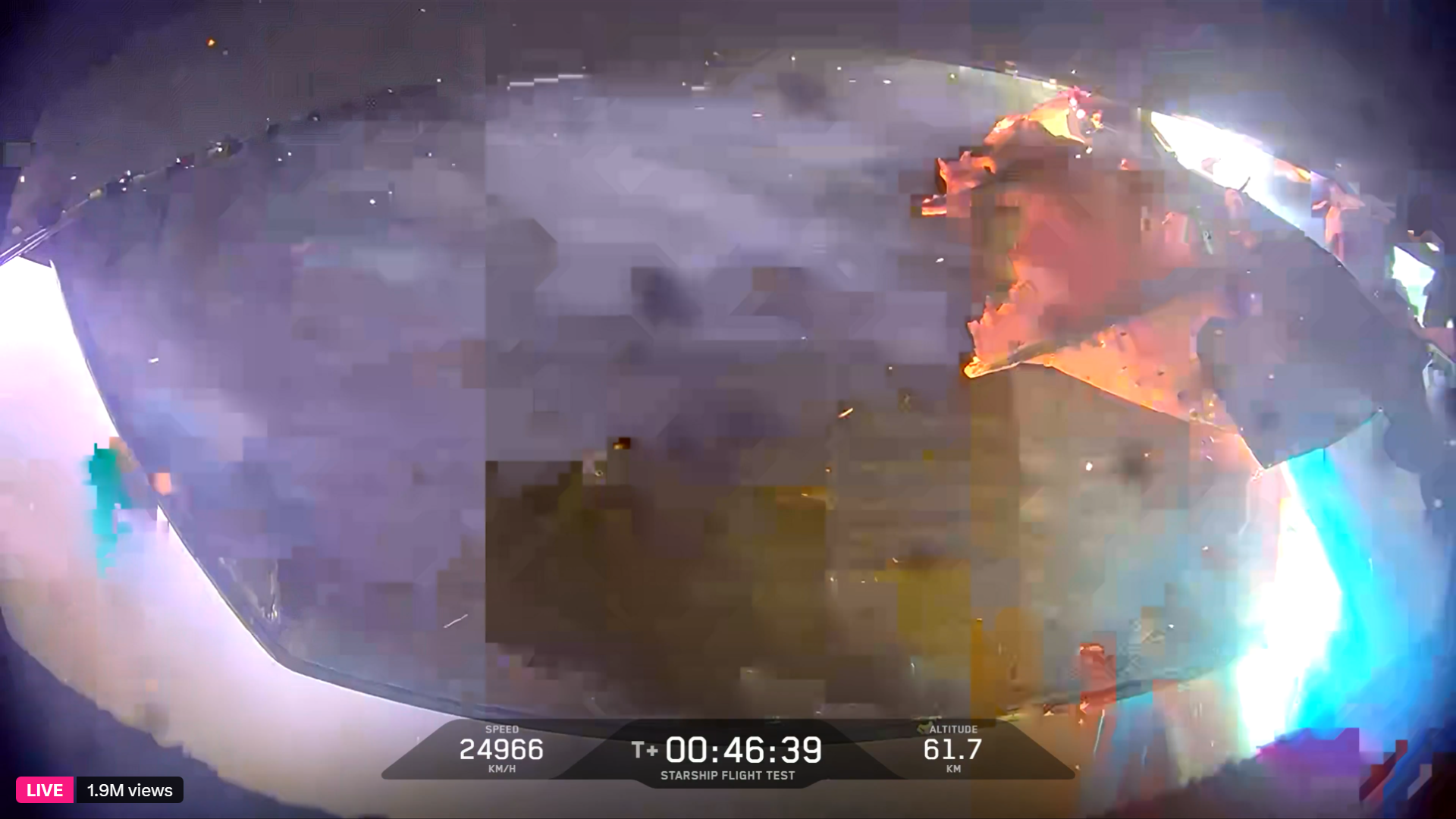China to Send a Mission to Moon's 'Dark Side'

China is moving forward with plans to land a probe on the far side of the moon, state news agency Xinhua reports.
On Thursday, the State Administration of Science, Technology and Industry for National Defense's chief of the lunar exploration Liu Jizhong announced that the agency was planning to land the Chang'e-4 probe on the far side of the moon in 2018.
PHOTOS: Stunning Supermoon Eclipse Wows the World
The agency is also open to cooperating with other international space programs to launch the mission.
In May 2015, China's National Space Administration first announced its intention to explore the moon's far side, promising to "choose a site on which it is more difficult to land and more technically challenging."
The far side of the moon — also known as the "dark side" — is never visible from Earth due to a phenomenon known as tidal locking. Tidal forces on Earth have slowed the moon's rotation to match the speed of its orbit, leaving the same half of the moon always facing Earth.
NEWS: Maria Mystery: Why Moon’s Far Side Has No 'Face'
Breaking space news, the latest updates on rocket launches, skywatching events and more!
The far side was first seen in 1959, when Soviet spacecraft Luna 3 sent back 17 low-quality photographs depicting the moon's mountainous terrain and craters.
To date, a spacecraft has never landed on the far side.
This blog originally appeared on DSCOVRD.
Join our Space Forums to keep talking space on the latest missions, night sky and more! And if you have a news tip, correction or comment, let us know at: community@space.com.
Ian O'Neill is a media relations specialist at NASA's Jet Propulsion Laboratory (JPL) in Southern California. Prior to joining JPL, he served as editor for the Astronomical Society of the Pacific‘s Mercury magazine and Mercury Online and contributed articles to a number of other publications, including Space.com, Space.com, Live Science, HISTORY.com, Scientific American. Ian holds a Ph.D in solar physics and a master's degree in planetary and space physics.
